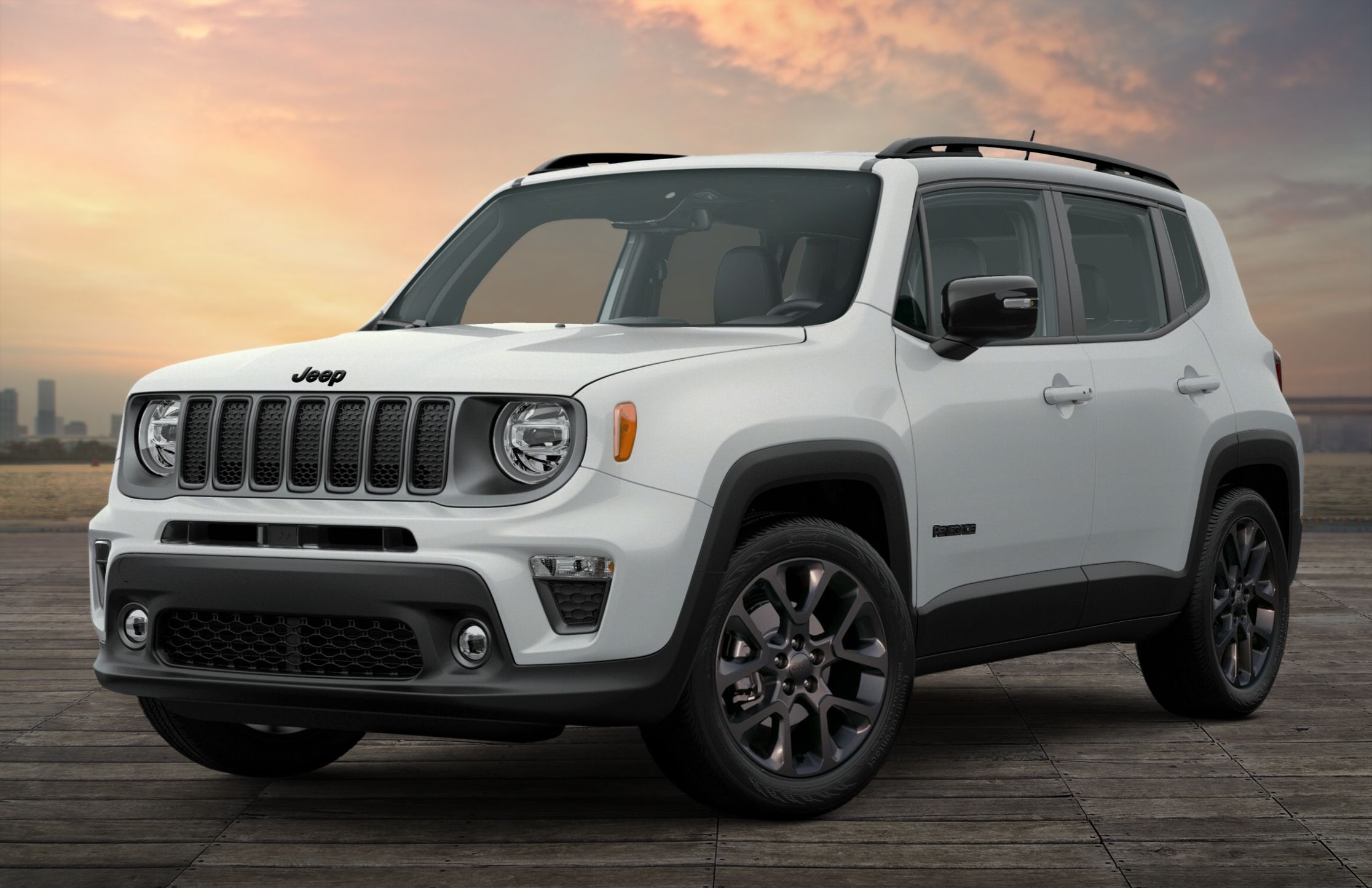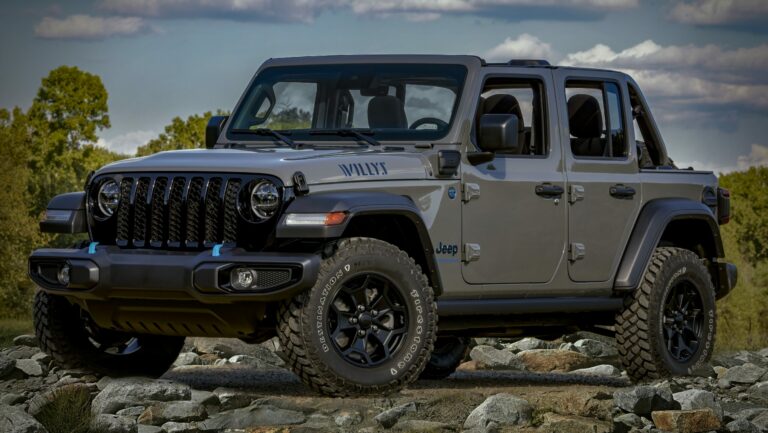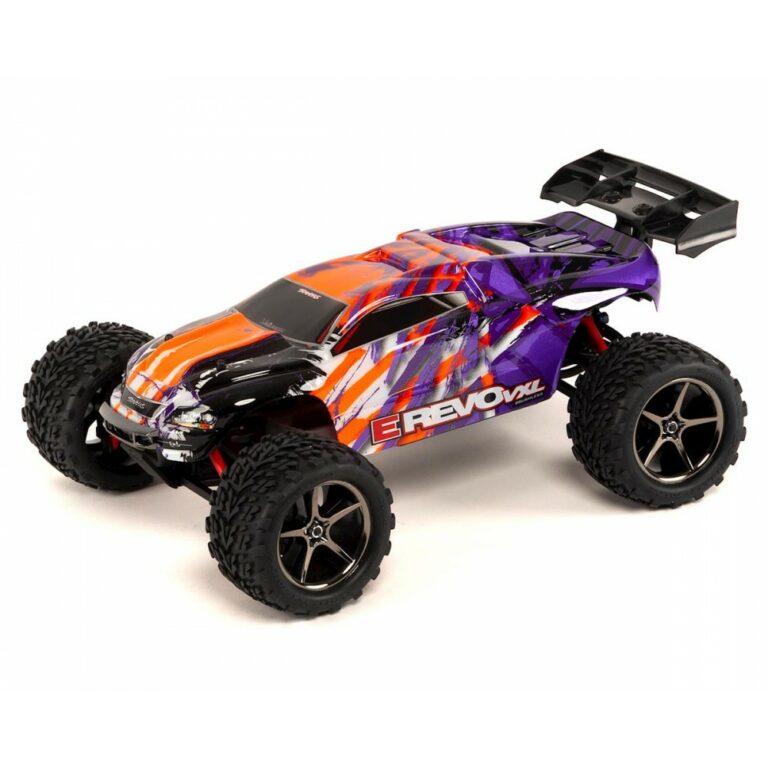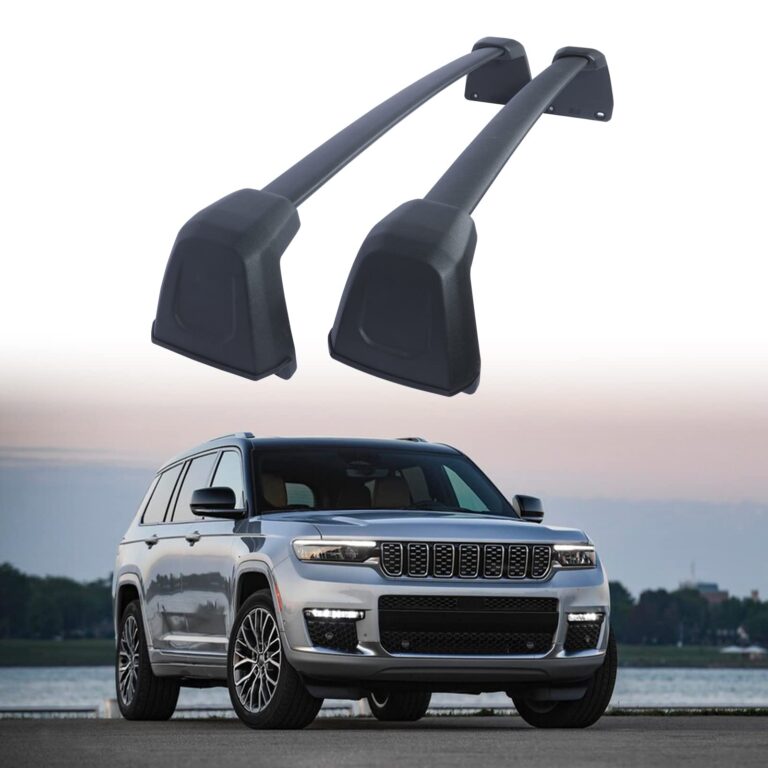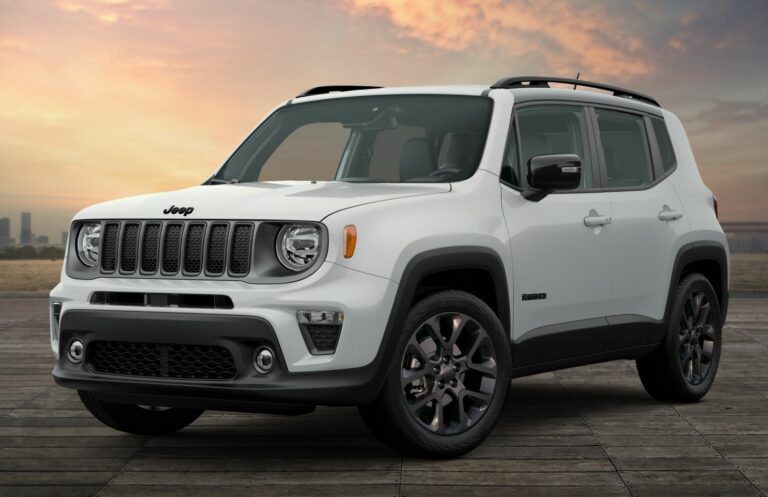Jeep JK Hood For Sale: Your Ultimate Guide to Replacement and Upgrade
Jeep JK Hood For Sale: Your Ultimate Guide to Replacement and Upgrade jeeps.truckstrend.com
The iconic Jeep Wrangler JK (2007-2018) is more than just a vehicle; it’s a lifestyle. Owners personalize their JKs to reflect their adventurous spirit, and few components offer as significant an impact on both aesthetics and performance as the hood. Whether your current hood is suffering from battle scars, you’re seeking to enhance engine cooling, or you simply want to give your beloved JK a distinctive new look, searching for a "Jeep JK Hood For Sale" opens up a world of possibilities. This comprehensive guide will navigate you through everything you need to know, from understanding the various types available to the intricacies of installation and making an informed purchase.
Why Replace or Upgrade Your JK Hood?
Jeep JK Hood For Sale: Your Ultimate Guide to Replacement and Upgrade
The decision to buy a new hood for your Jeep JK often stems from a mix of necessity and desire. Understanding the primary motivations can help you choose the right product for your needs.
- Damage and Repair: The most common reason for a hood replacement is damage. Off-roading adventures can lead to unexpected impacts, tree limb scratches, or even dents from flying debris. Accidents, hail, or general wear and tear can also necessitate a fresh, unblemished hood to restore your JK’s appearance and structural integrity.
- Enhanced Performance and Cooling: For many JK owners, particularly those who push their vehicles to the limit, heat management is a critical concern. Modified engines, heavy towing, or intense off-roading can cause under-hood temperatures to skyrocket. Aftermarket vented or heat reduction hoods are specifically designed to improve airflow, allowing hot air to escape more efficiently, thus protecting sensitive engine components and potentially extending their lifespan.
- Aesthetic Customization and Unique Style: Beyond function, a new hood is a powerful statement of personal style. The factory hood, while functional, can be quite plain. Aftermarket options offer aggressive lines, power domes, classic flat-top designs, or the popular Rubicon 10th Anniversary (10A) style, allowing you to transform your JK’s front end and make it truly stand out from the crowd.
- Weight Reduction (Less Common): While not a primary driver for most JK hood purchases, some lightweight fiberglass or aluminum options exist for those meticulously shaving pounds for racing or extreme off-road performance.
Types of Jeep JK Hoods Available

The market for Jeep JK hoods is diverse, offering a range of designs, materials, and functionalities. Understanding these categories is crucial for making the right choice.
- OEM (Original Equipment Manufacturer) Replacement Hoods: These hoods are designed to replicate the factory look and fit perfectly. They are ideal for direct replacements after damage, maintaining the original aesthetic of your JK. They typically come primed, ready for paint.
- Vented/Heat Reduction Hoods: These are arguably the most popular aftermarket choice. They feature integrated vents, scoops, or louvers designed to extract hot air from the engine bay.
- Benefits: Significantly improved engine cooling, especially beneficial for supercharged JKs, those with larger engines, or Jeeps used for extensive off-roading and crawling. They also offer a more aggressive, high-performance look.
- Examples: The AEV Heat Reduction Hood is a prime example, known for its effective heat management. Other popular options include those from Rugged Ridge, Smittybilt XRC, and Poison Spyder.
- Power Dome/Bulge Hoods: Inspired by performance vehicles and often seen on special edition Wranglers like the Rubicon 10th Anniversary, these hoods feature a raised center section or distinct bulges.
- Benefits: Primarily aesthetic, providing a muscular, imposing appearance. While some may have small vents, their primary purpose is visual impact. They can sometimes offer very slight clearance for taller engine components, though this is less common for typical JK modifications.
- Examples: Many aftermarket manufacturers offer "10A style" or "Power Dome" hoods, mimicking the factory special edition look.
- Flat Top/Cowl Induction Hoods: Less common but available, these hoods aim for a classic, simplified, or even a modified "cowl induction" look, often favored by those building custom rigs.
- Material Types:
- Steel: The most common material, offering durability and impact resistance similar to the factory hood. It’s relatively affordable but can be heavy. Most aftermarket hoods are made of steel.
- Aluminum: Lighter than steel, offering better corrosion resistance, but typically more expensive.
- Fiberglass: The lightest option, offering the most design flexibility for unique shapes. However, fiberglass can be more brittle and less resistant to impact damage than steel or aluminum. It’s often chosen for custom builds or racing applications.
- Finish: Most aftermarket hoods come either "primed" (ready for your chosen paint color) or "e-coated black" (a protective, rust-resistant coating that also requires final painting). Rarely will you find a new aftermarket hood pre-painted to match specific factory colors, as this requires custom work.
Key Considerations When Buying a JK Hood
Before you click "add to cart," take a moment to consider these crucial factors to ensure a smooth purchase and satisfactory outcome.
- Compatibility: All Jeep Wrangler JK hoods (2007-2018) are interchangeable between the 2-door and 4-door (JKU) models. However, always double-check the product description for specific year ranges or exceptions, though these are rare for hoods.
- Functionality vs. Aesthetics: Determine your primary goal. Do you need genuine heat reduction, or is a specific look more important? Vented hoods are functional, but if you don’t need the cooling, a simpler power dome might suffice.
- Material Choice: Weigh the pros and cons of steel, aluminum, and fiberglass based on your budget, durability requirements, and weight preferences.
- Budget: Hoods range widely in price. Set a realistic budget that accounts not just for the hood itself but also for shipping, paint, and potential installation costs.
- Shipping and Handling: Hoods are large, bulky items. Shipping costs can be significant, and there’s a risk of damage during transit. Inquire about shipping insurance and inspect the package thoroughly upon delivery before signing off. Document any damage with photos immediately.
- Paint and Installation: Unless you’re an experienced body shop professional, budgeting for professional painting is essential. A quality paint job will match your JK’s color perfectly and protect the hood for years. While installation can be a DIY project for two people, professional installation might be preferred for precise alignment.
- Brand Reputation and Reviews: Stick to reputable brands known for quality fitment and materials. Read reviews from other JK owners to gauge satisfaction with specific products and brands.
- Included Hardware: Most aftermarket hoods do not come with hood latches, hinges, or washer fluid nozzles. You’ll typically reuse your existing hardware or purchase new ones separately (e.g., locking hood latches are a popular upgrade). Confirm what is and isn’t included.
Where to Find Jeep JK Hoods For Sale
The market for JK parts is robust, offering several avenues to find the perfect hood.
- Online Retailers: Large online retailers specializing in Jeep and off-road parts are your primary source for new aftermarket hoods. Websites like Quadratec, ExtremeTerrain, Northridge4x4, and Morris 4×4 offer extensive selections, detailed product descriptions, and customer reviews.
- Manufacturer Websites: Many top aftermarket brands (e.g., AEV, Rugged Ridge, Smittybilt) sell directly from their websites, often providing the most up-to-date information and full product lines.
- Amazon & eBay: These platforms can offer competitive pricing, sometimes from smaller distributors or individual sellers. Be cautious, check seller ratings, and confirm return policies, especially for large items like hoods.
- Local Off-Road Shops: Supporting local businesses can be beneficial. They might offer installation services and can provide personalized advice.
- Used Marketplaces: For budget-conscious buyers, Craigslist, Facebook Marketplace, and dedicated Jeep forums are excellent places to find used hoods. Be prepared to inspect the hood thoroughly for dents, rust, or previous repairs, and arrange for local pickup to avoid shipping hassles.
- Salvage Yards: Auto salvage yards can be a source for OEM hoods, especially if you’re looking for an exact factory replacement after an accident. Condition will vary significantly.
Simplified Installation Guide: Replacing Your JK Hood
Replacing a Jeep JK hood is a manageable DIY project for two people with basic tools. Painting, however, should typically be left to professionals.
Tools You’ll Need:
- Socket wrench set (likely 13mm, 15mm, and/or Torx bits)
- Flathead screwdriver (for washer fluid line)
- Blanket or soft padding
- Helper (essential!)
Steps:
- Preparation: Park your JK on a level surface. Gather your tools and ensure you have a soft, protected area to place the old hood and the new hood.
- Disconnect Washer Fluid Line: Carefully disconnect the plastic washer fluid hose from the nozzles on the underside of the hood.
- Remove Hood Prop/Struts: If your JK has a traditional prop rod, remove it. If it has gas struts, disconnect them from the hood side.
- Unbolt Hinges: With your helper supporting the hood, carefully unbolt the four bolts (two per hinge) that attach the hood to the hinges on the cowl. These are often 13mm or 15mm bolts.
- Remove Old Hood: Once all bolts are removed, carefully lift the old hood straight up and off the vehicle with your helper. Place it safely on your prepared soft surface.
- Position New Hood: Carefully lift the new hood and position it over the hinge mounts. Align the bolt holes.
- Attach New Hood: Securely bolt the new hood to the hinges. Don’t fully tighten the bolts yet, as you might need to adjust for alignment.
- Reconnect Hardware: Reconnect the washer fluid line and the hood prop/struts.
- Align and Tighten: Gently close the hood to check alignment with the fenders and cowl. Adjust the hood’s position by loosening the hinge bolts, nudging the hood, and retightening until the gaps are even. Once satisfied, fully tighten all hinge bolts.
- Paint (Professional): If your hood came primed or e-coated, it’s now ready to be transported to a professional body shop for painting to match your JK’s color.
Tips for a Successful Purchase and Installation
- Measure Twice, Buy Once: Double-check product descriptions and compatibility.
- Read Reviews: Customer reviews offer invaluable insights into fitment, quality, and potential issues.
- Budget for Everything: Don’t forget shipping, paint, and potentially new latches or hardware. These costs can easily double the price of the hood itself.
- Inspect Upon Delivery: This cannot be stressed enough. Large items are prone to shipping damage.
- Consider Locking Latches: Many JK owners upgrade to locking hood latches to prevent hood flutter at highway speeds and deter theft. This is a great time to do so.
- Safety First: When removing or installing a hood, always use two people to prevent injury and damage to the hood or vehicle.
Practical Advice and Actionable Insights
- Define Your "Why": Clearly understanding whether you need a repair, a performance upgrade, or a purely aesthetic change will streamline your decision-making process.
- Get Paint Quotes Early: Before committing to a hood purchase, call a few local body shops for painting estimates. This will give you a more accurate total project cost.
- Don’t Rush the Install: Take your time with alignment. A perfectly aligned hood dramatically improves the vehicle’s appearance.
- Sell Your Old Hood (if salvageable): If your old hood is only slightly damaged, consider selling it on a local marketplace. Someone might need it for a budget repair or a custom project.
Price Table: Jeep JK Hood For Sale – Estimated Costs
This table provides estimated price ranges for common types of new Jeep JK hoods. Please note that these prices do not include shipping, paint, or professional installation, which can significantly add to the total cost.
| Type of Hood | Material | Key Features | Estimated Price Range (USD) | Common Brands/Notes |
|---|---|---|---|---|
| OEM Style Replacement | Steel | Direct factory fit, stock appearance | $300 – $700 | Mopar, Crown Automotive, Omix-ADA, Aftermarket direct-fit |
| Vented/Heat Reduction | Steel | Aggressive styling, improved engine cooling | $500 – $1,000+ | Rugged Ridge, Smittybilt XRC, ExtremeTerrain, Poison Spyder |
| Power Dome/Bulge | Steel | Muscular, aggressive look (e.g., 10A Rubicon style) | $600 – $1,200 | DV8 Offroad, Body Armor 4×4, Aftermarket 10A style replicas |
| Premium Vented Hood | Steel / Aluminum | Advanced design, superior heat management | $900 – $1,800+ | AEV Heat Reduction Hood (often higher end), GenRight, Savvy |
| Fiberglass (Custom) | Fiberglass | Lightweight, unique custom shapes | $400 – $900 | Less common for everyday JKs; more for specialized builds |
| Used/Salvage Hood | Steel | Condition varies, potential for minor damage | $100 – $400 | Local marketplaces (Craigslist, Facebook), auto salvage yards |
Note: Prices are estimates and subject to change based on brand, retailer, promotions, and market conditions.
Frequently Asked Questions (FAQ) about Jeep JK Hoods
Q: Do all JK hoods fit both 2-door and 4-door models?
A: Yes, the hood is a universal part for all Jeep Wrangler JK models from 2007 to 2018, regardless of whether it’s a 2-door (JK) or 4-door (JKU) version.
Q: Do I need to paint an aftermarket hood?
A: Almost all new aftermarket hoods come primed or with an e-coat finish, which means they are not painted to match your vehicle’s color. They require professional painting to match your Jeep’s existing paint job and for long-term protection.
Q: Are vented hoods truly effective for cooling?
A: Yes, properly designed vented hoods can significantly improve engine bay cooling by allowing hot air to escape more efficiently. This is particularly beneficial for modified engines, those under heavy load, or Jeeps frequently used for slow, technical off-roading where airflow is naturally limited.
Q: Can I install a new hood myself?
A: Yes, installing a new hood is a relatively straightforward DIY task that can be done with basic hand tools and the assistance of one helper. The most challenging part for many is ensuring perfect alignment, and professional painting is highly recommended.
Q: What about hood latches? Are they included with a new hood?
A: Typically, no. New aftermarket hoods usually do not come with hood latches or hinges. You will either reuse your existing factory latches and hinges or purchase aftermarket replacements, such as popular locking hood latches for added security and reduced hood flutter.
Q: How much does it cost to paint a Jeep JK hood?
A: Painting costs vary widely based on your location, the shop’s reputation, and the complexity of your Jeep’s paint color. On average, you can expect to pay anywhere from $300 to $800 for a quality paint job on a hood.
Q: Will a new hood affect my vehicle’s warranty?
A: Generally, installing an aftermarket hood is considered a cosmetic or performance modification and should not void your vehicle’s overall warranty. However, if the hood itself directly causes a mechanical or electrical issue (which is highly unlikely), then the warranty on that specific component might be affected.
Conclusion
A new hood for your Jeep JK is more than just a replacement part; it’s an opportunity to revitalize your vehicle’s appearance, enhance its performance, and express your unique style. By understanding the various types of hoods available, considering key factors like material, function, and budget, and knowing where to source quality products, you can make an informed decision that will bring new life to your beloved Wrangler. Whether you’re repairing damage or embarking on a custom build, the right hood can transform your JK into an even more capable and eye-catching off-road machine, ready for its next adventure.
